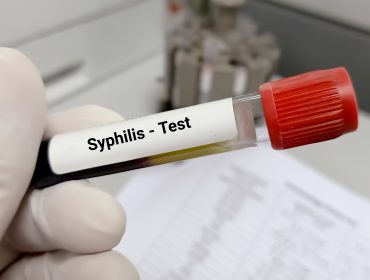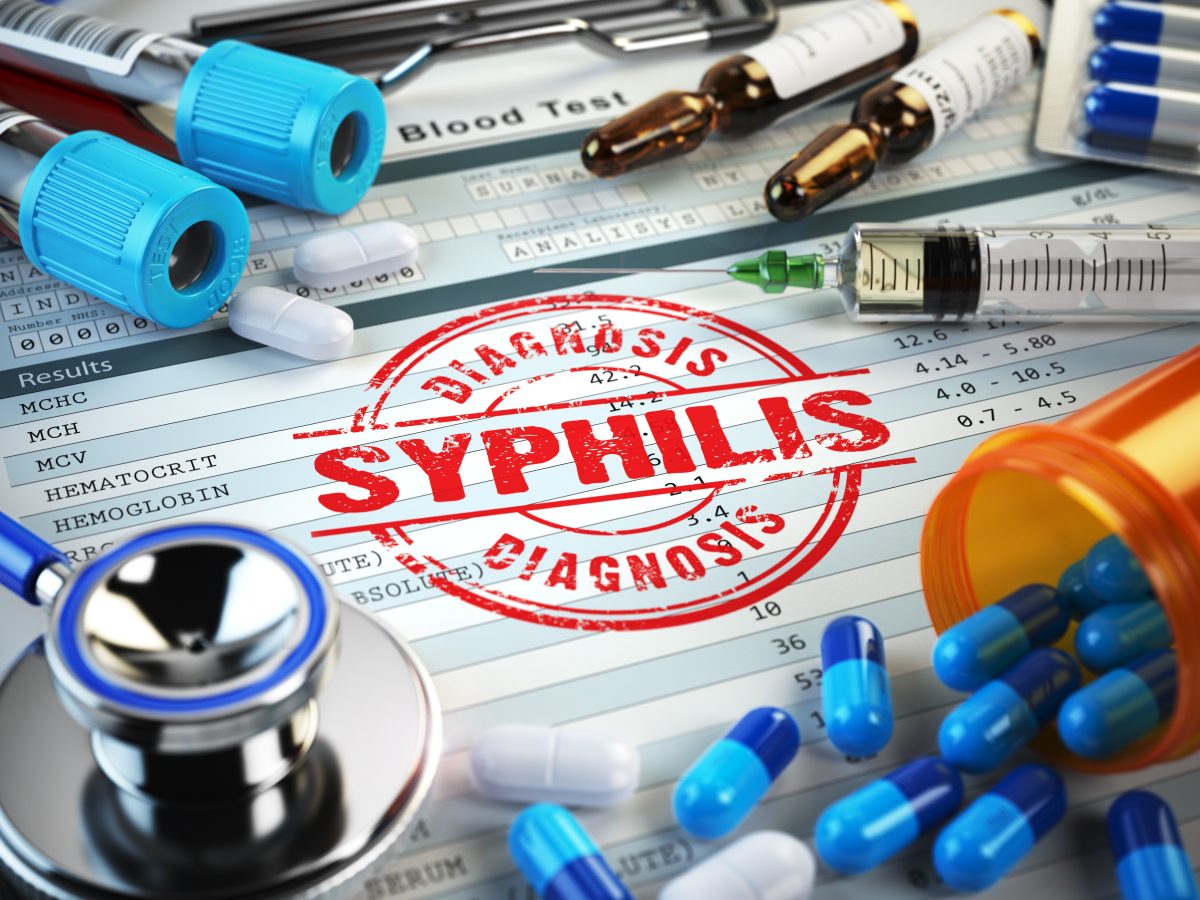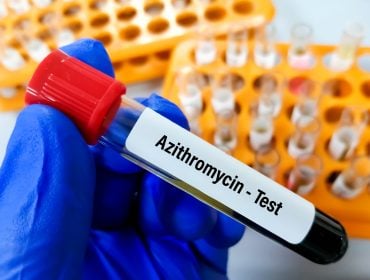Latent Syphilis
Syphilis is a sexually transmitted infection (STI) that remains a significant public health concern despite being less common than some other STIs due to its potential for severe complications if left untreated. This bacterial infection, caused by the bacterium Treponema pallidum, primarily spreads through sexual activity, including oral, vaginal, and anal sex. However, syphilis can also be spread from an infected mother to her baby during pregnancy, a condition known as congenital syphilis.
The disease progresses through distinct stages, each characterized by different symptoms and health implications. These stages include primary, secondary, latent, and tertiary syphilis. While the first two stages often present with visible signs such as sores, syphilis rashes, and fever, the latent stage, which we will focus on in this article, often shows no outward symptoms. Despite the absence of symptoms, latent syphilis is a critical stage of the disease and can lead to severe health problems if not appropriately addressed. Understanding the nature of this “silent” phase is crucial for timely diagnosis and effective treatment.
Understanding Latent Syphilis
Latent syphilis is a stage syphilis, characterized by seroreactivity without an signs of primary, secondary, or tertiary disease. In simpler terms, it’s an untreated infection in which the patient displays seroreactivity (positive reaction to blood tests for syphilis) but shows no clinical symptoms of the infection.
Despite the absence of syphilis symptoms, the bacteria that causes syphilis, Treponema pallidum, remains in the body and can still cause damage if not treated. The latent stage can last for years, and the infection can progress to more severe stages if left untreated.
The difference between early and late latent syphilis
Early latent syphilis and late latent syphilis are two different stages of the disease, distinguished primarily by the time elapsed since infection.
Early Latent Syphilis
This stage refers to the first year after the initial infection. Patients in this stage have been infected for a year or less. They exhibit no symptoms, but blood tests for syphilis will return a positive result. We will go into great detail about this type of asymptomatic STD.
Late Latent Syphilis
This stage is defined as latent syphilis that occurs more than a year after the initial infection. Similar to early latent syphilis, there are no visible symptoms during this stage, but blood tests can still identify the disease.
In terms of prevalence, according to the Centers for Disease Control’s website, the total number of reported syphilis cases in the United States was over 38,000 in 2019. However, it’s challenging to estimate the exact number of latent syphilis cases, as many people may not know they’re infected due to the absence of symptoms.
Latent syphilis is often referred to as the “hidden” stage because, during this phase, there are no noticeable symptoms despite the presence of the infection. The term “latent” itself means hidden or dormant. The syphilis bacteria remain active in the body but don’t cause any visible signs or symptoms typical of the earlier primary and secondary stages, such as sores or rashes. This lack of symptoms can lead individuals to believe they are no longer infected, which can delay treatment and potentially allow the disease to progress to its most dangerous stage, tertiary syphilis. Therefore, it’s crucial to understand that a symptom-free period doesn’t necessarily mean the infection has been eradicated from the body.

Latent Syphilis Symptoms and Diagnosis
The latent stage of syphilis is characterized by a complete lack of symptoms, despite the active presence of the infection in the body. After the initial primary and secondary stages of syphilis, where symptoms such as sores, rashes, fevers, and swollen lymph nodes may occur, the disease enters this “hidden” or latent stage.
During this period, which can last for years, there are no visible signs or symptoms. The infected person may feel perfectly healthy and not know they are carrying the infection. This absence of symptoms can lead to a false sense of recovery, causing many people to believe they are no longer infected, which can significantly delay treatment. However, the bacteria causing syphilis, Treponema pallidum, continues to live in the body and can still cause damage if not treated.
Latent Syphilis Transmission and Risks
During the early latent stage of syphilis (within the first year after infection), transmission is still possible. This can occur via direct contact with a syphilis sore or rash during sexual activity. However, as the disease progresses to the late latent stage (more than a year after infection), the risk of transmission significantly decreases.
Regardless, even if an infected person is in the latent stage and not showing symptoms, they still carry the bacteria, and it’s essential to get treated.
If left untreated, latent syphilis can progress to tertiary syphilis, the most serious stage of syphilis. This can happen years or decades post the initial infection. Tertiary syphilis can cause severe health problems affecting multiple organ systems, including the heart and blood vessels, brain, and nervous system. These complications can result in paralysis, blindness, dementia, heart disease, and even death2.
To prevent these potential health risks, it’s crucial for anyone who thinks they may have been exposed to syphilis to get tested and, if necessary, treated as soon as possible.
Latent Syphilis Treatment and Prevention
Latent syphilis is typically treated with antibiotics. The specific type and duration of treatment can vary depending on the individual’s overall health and stage of the disease. Here are some standard treatment options:
Benzathine Penicillin G: This is the most common treatment for latent syphilis. For early latent syphilis, a single dose is often sufficient. For late latent syphilis, three doses are generally recommended, each administered one week apart.
Doxycycline or Tetracycline: For those allergic to penicillin, doxycycline (100 mg orally twice a day) or tetracycline (500 mg orally 4X per day) can be used as alternatives. These are typically taken for 28 days.
Other Antibiotics: In some cases, other antibiotics, such as azithromycin, may be used, although this is less common due to concerns about antibiotic resistance.
It’s important to note that while these treatments can eliminate the syphilis bacteria from the body, they cannot reverse any damage the infection has already caused. Therefore, early diagnosis and treatment are crucial.
Also, individuals treated for syphilis should abstain from sexual until the infection is 100% gone to prevent spreading the disease to others.

Living with Latent Syphilis
Being diagnosed with latent syphilis can be stressful, but it’s important to remember that the condition is treatable. Here are some pieces of advice for those living with this diagnosis:
Follow Treatment Recommendations: It’s crucial to take all prescribed medications exactly as a healthcare provider directs, even if symptoms are absent. The entire course of antibiotics must be completed to eradicate the bacterium.
Regular Check-Ups: Regular follow-up appointments are necessary to ensure the treatment works and the infection is eliminated. These appointments may also involve further blood tests.
Sexual Activity: Individuals should abstain from sexual contact until they have completed their treatment and their healthcare provider confirms the infection has been cleared. This is to prevent it’s spread to others.
Inform Partners: It’s essential to inform past and current sexual partners about the diagnosis. They should be advised to get tested and, if necessary, treated for syphilis. This can help stop the spread of the infection.
Prevention: Even after successful treatment, it’s possible to get infected with syphilis again. Consistently using condoms during sexual activity, reducing the number of sexual partners, and regular STI testing can help prevent re-infection.
Living with latent syphilis requires diligence in following treatment and preventive measures. However, with the right approach, it’s entirely possible to eliminate the infection and prevent its spread to others.
Conclusion
In conclusion, syphilis is a sexually transmitted infection that can progress through various stages, including a latent or “hidden” stage. Despite the absence of symptoms during this stage, the disease remains in the body and can be transmitted to others, particularly in the early latent syphilis stage.
Diagnosis of latent syphilis relies heavily on blood tests since no visible symptoms exist. If left untreated, it can progress to tertiary syphilis, leading to severe and potentially life-threatening complications.
Treatment typically involves antibiotics, such as Benzathine Penicillin G, Doxycycline, or Tetracycline. It’s crucial to complete the entire treatment course and abstain from sexual activity until the infection is cleared to prevent transmission.
Living with latent syphilis requires diligence in following treatment recommendations, informing past and current partners about the diagnosis, and taking preventive measures to avoid re-infection.
Ultimately, the best defense against syphilis and other STIs is regular testing, safe sexual practices, and prompt treatment upon diagnosis. Remember, prevention is always better than cure for maintaining good sexual health. If you have either early latent syphilis or late latent syphilis, we’re here to help get you tested.
Medically Reviewed by Colleen Ryan, MD on July 17, 2023
Secure and Confidential
STD testing services
The fastest results possbile - available in 1 to 2 days

Tagged
Categorized As
Author: STD Check Editorial Team
At STDCheck.com, we go to great lengths to ensure quality content. We’re using our own collection of data. It is not bought or made up for “click-bait” purposes. We don’t entice traffic with cheesy graphics or raunchy headlines. Our information is to promote STD testing, educate people, let go of social stigmas, and bring awareness. We also provide a completely confidential atmosphere through private testing. When we produce an article, it is fact-based. We check it with medical advisors that approve it. Our staff consists of doctors and other medical professionals who peer review the content we make available on STDCheck.com. From all over the world, we have sourced the best and the brightest content developers, including medical professionals, marketing engineers, data scientists, content specialists, and media relations.




